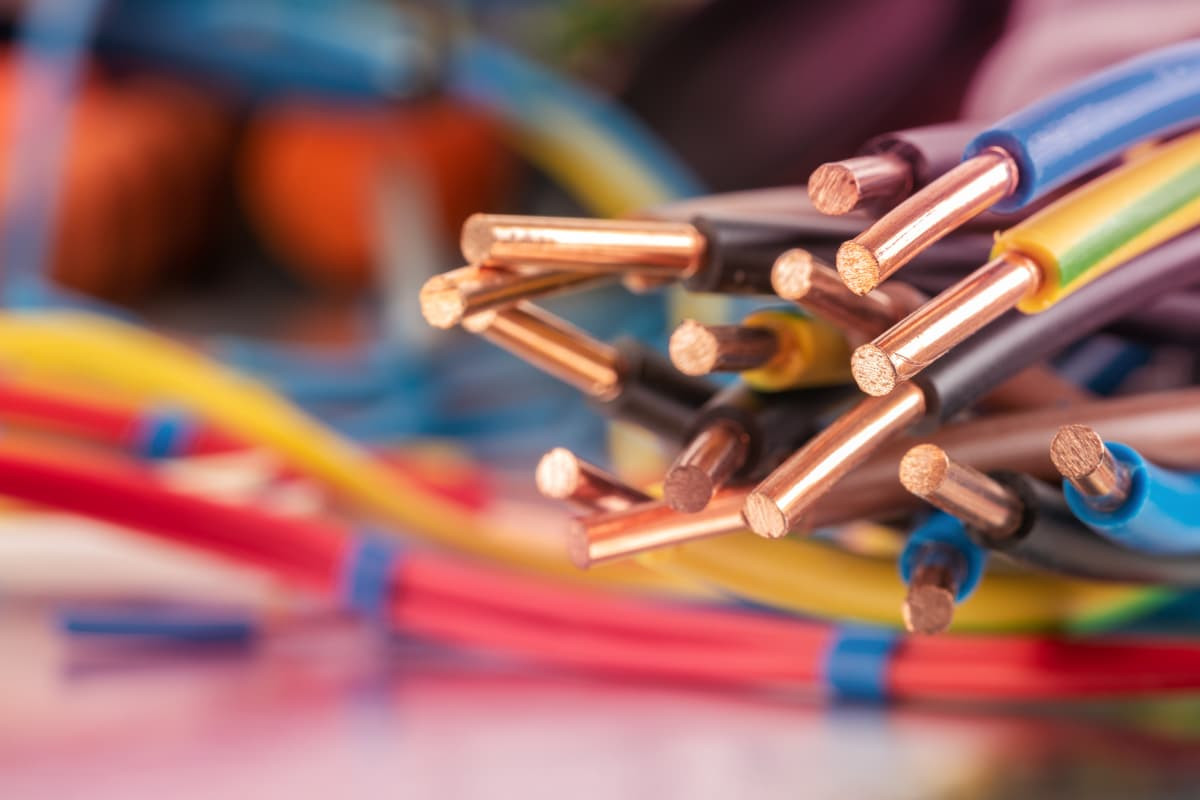
What is in this article?
Although the main purpose of colored cables in electrical installations is to carry electrical energy, these colors have different meanings. Cable colors can also be described as a language used by electrical engineers and electricians.
Color codes are used when laying cables in houses, commercial buildings and industrial plants. This ensures communication between the people who install and maintain the system.
Depending on national and international regulations, cable colors can have different meanings. There are also different color codes for AC and DC cables. For example, Canada uses red, black and blue cables for three phases, while Australia uses white, blue and black.
In this article, you will find detailed information about the types, structure and color meanings of cables used in many electrical devices.
Electrical Cable Structure
Electrical cable provides a low resistance path for current to pass through. It consists of a core of metal wire, such as copper or aluminum, which has good conductivity, with additional layers of material such as insulation, tapes, shields, armor and sheathing for mechanical protection. These additional layers are mainly used to ensure the safe conduction of the electric current in the environment where the metal core is installed.
A good conductor consists of a material that has loosely bound electrons in its outer shell. This atomic structure, which facilitates the flow of current, is located on the inside of the cables. The insulators on the outside of the cable are made of tightly bound electrons and protect the electric current inside the cable.
Cables typically contain exposed or shielded wires, which are then covered with an outer jacket to form the cable. When selecting a cable for a particular electrical application, consideration is also given to the type of current the cable must carry. The characteristics of the current that will flow through these cables will affect the choice of AC or DC cable for the projects.
When AC current flows through the cables, the polarity of the current (negative vs. positive) changes as it flows first one way and then the other. Direct current, on the other hand, does not change polarity. It flows in only one direction and flows smoothly through the cable without changing its characteristics. These differences in current require the selection of different cables.
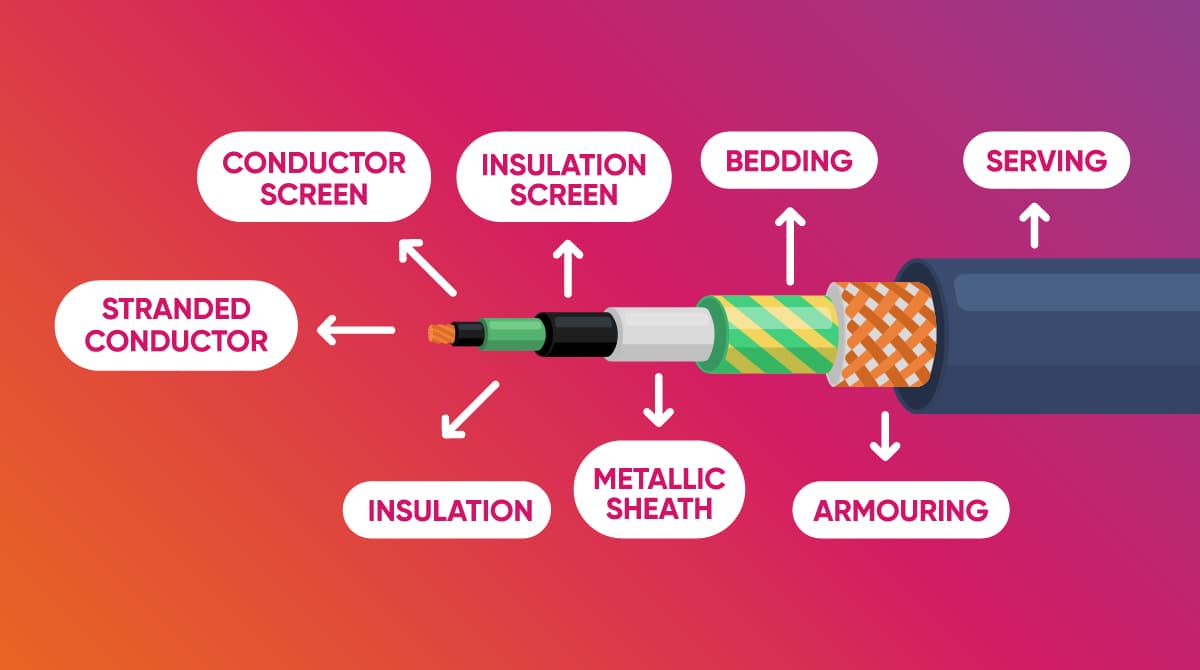
What is the Meaning of the Colors of Electrical Cables?
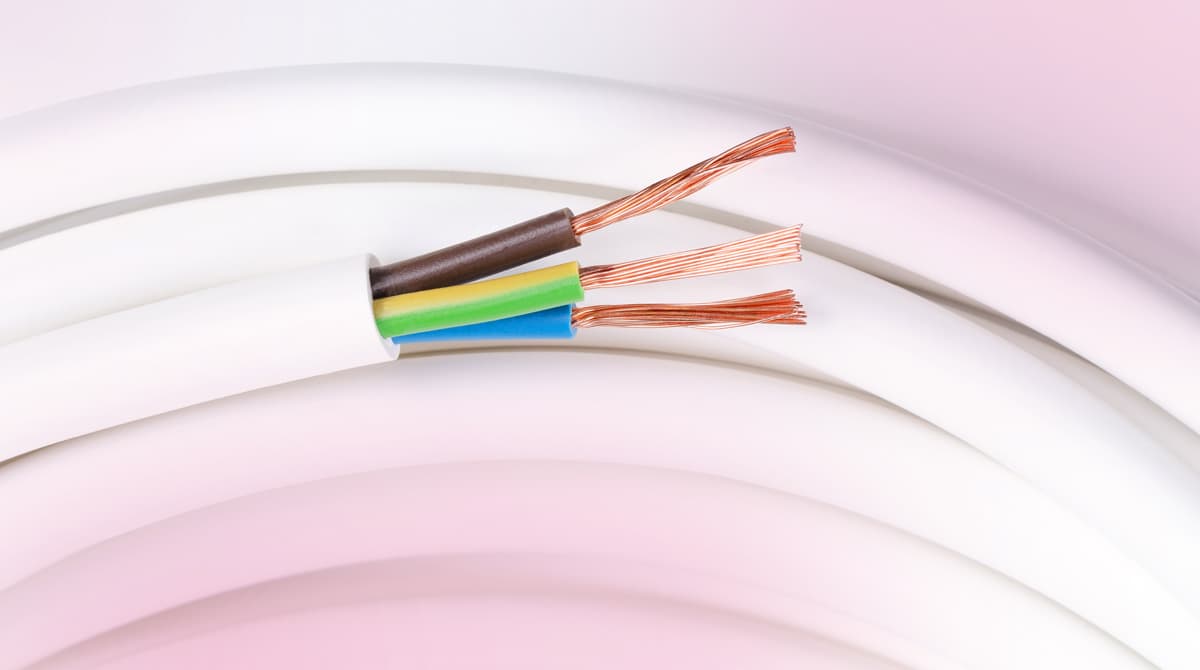 Most European countries, including Turkey, follow the International Electrotechnical Commission (IEC) color code for AC circuits. This standard was initially published as IEC 60446, but was merged with IEC 60445 in 2010.
Most European countries, including Turkey, follow the International Electrotechnical Commission (IEC) color code for AC circuits. This standard was initially published as IEC 60446, but was merged with IEC 60445 in 2010.
First phase wires, black in the United States and brown in Europe, indicate a hot or live wire that carries current and is used for power in all circuits. Hot means that the wires carry current from the panel to a specific location and are active.
These wires power an outlet or switch and are often used as a connection between the switch and the electrical load. It is often selected for standard residential wiring because it is always live. A brown wire cannot be used as a neutral, for grounding, or for any other purpose.
For large appliances such as ovens, washing machines, or air conditioners, a 220-240-volt installation is required. For this purpose, red wires in the U.S. and black wires in Europe are used as second hot wires. The black wires can be connected to each other and to the brown wires.
They are also used as power cables to connect two-wire smoke detectors. So when one of them is tripped, the others go out at the same time.
Gray wires in the U.S. and blue wires in Europe refer to a neutral wire that provides a return path for the current carried by the hot wires and is grounded within the electrical panel.
Blue wires in the U.S. and gray wires in Europe are typically used as hot wires or for 3- or 4-way switches. For example, these wires are used for light switches at the top and bottom of a staircase that control the same light. These wires cannot be used as output wires.
The brown wires, also known as live wires, carry current from the power supply to the equipment. Together with the neutral and active wires, they form a complete circuit.
The green and yellow wires, which are involved in grounding, are responsible for safety.
1. AC Cable Colors
AC is a type of current widely used in power generation and high voltage transmission. AC cables can be used to transmit this current from one point to another.
These cables are used, for example, in the wiring of the main power generation, because the reduction of AC power is relatively simple. It is usually used in local systems with a power frequency of 50 Hz. In addition to its use in apartments, AC power is mostly preferred in industrial machinery such as packaging machines and other smart equipment manufacturing.
The color codes for a three-phase four-wire AC system are as follows:
- Phase 1: Brown
- Phase 2: Black
- Phase 3: Gray
- Neutral: Blue
- Grounding or protective conductor: Green or yellow
Color codes for single phase four-wire AC system are as follows:
- Phase: Brown
- Neutral: Blue
- Grounding or protective conductor: Green or yellow
2. DC Cable Colors
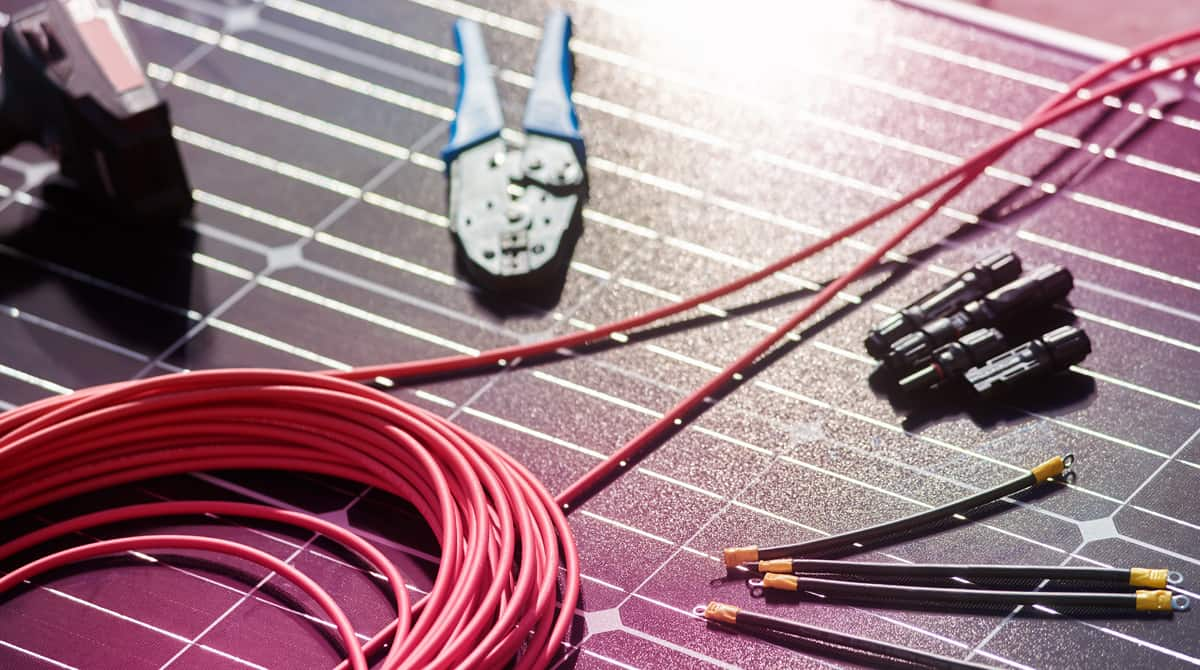 DC cables are used for the transmission and distribution of DC current to residences and businesses. The construction of these cables is basically the same as AC cables except that the electrical performance characteristics are different.
DC cables are used for the transmission and distribution of DC current to residences and businesses. The construction of these cables is basically the same as AC cables except that the electrical performance characteristics are different.
The power loss during DC cable transmission is small. Power loss mainly refers to the DC resistance loss of the conductor.
DC cables are often used in long-distance submarine lines. These cables are also typically used in solar panels.
The current from a solar panel cannot be used directly by electronic equipment such as a television or laptop. A converter is required to convert this type of DC power and use it in alternating current cables.
The color codes for a two-wire ungrounded DC system are as follows:
- Positive: Brown
- Negative: Gray
- Grounding or protective conductor: Green or yellow
The color codes for a two-wire, negatively grounded DC circuit system are as follows:
- Positive: Brown
- Negative: Blue
- Grounding or protective conductor: Green or yellow
The color codes for a two-wire, positively grounded DC circuit system are as follows:
- Positive: Blue
- Negative: Gray
- Grounding or protective conductor: Green or yellow
The color codes for a three-wire grounded DC circuit system are as follows:
- Positive: Brown
- Center Wire: Blue
- Negative: Gray
- Grounding or protective conductor: Green or yellow
What Wire Color is Used for Grounding?
The colors green and yellow are used for grounding cables. Electrical installation applications usually require grounding. Grounding is one of the most efficient methods of discharging electricity.
It conducts excess current from equipment to ground through an electrical panel. It is one of the backup methods for a wiring fault or damage.
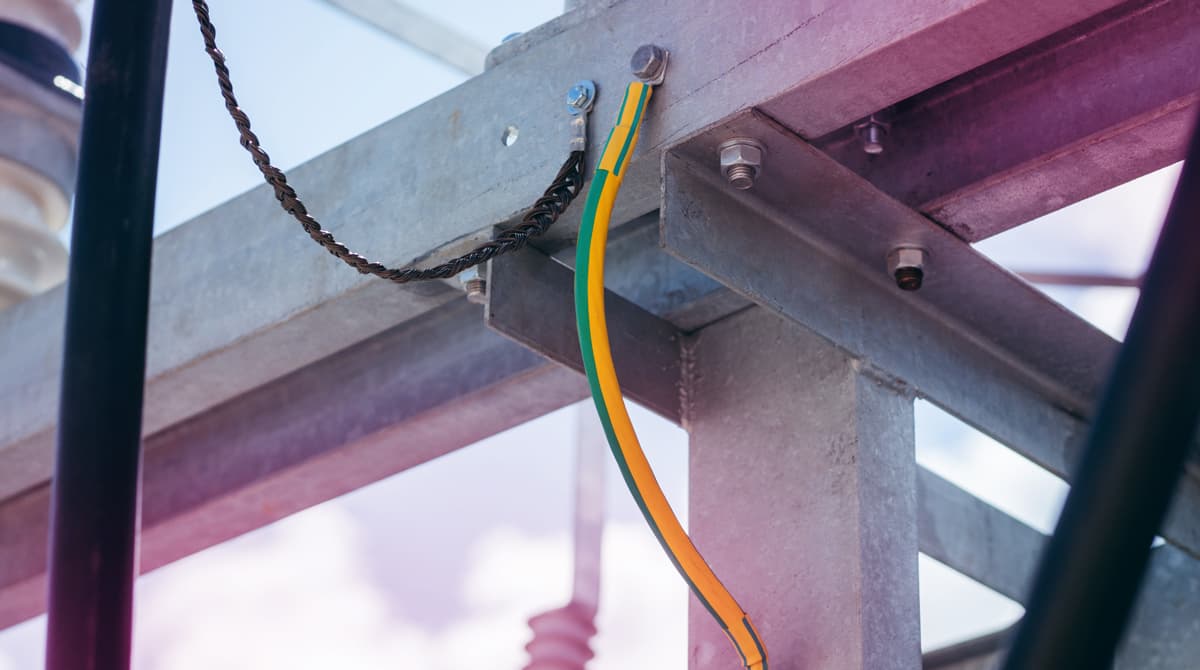
Color Codes in Electrical Cables
The colors black, gray, red, blue, brown, green and yellow are used for cables. Each color represents a cable with a different function. Compliance with a uniform color code according to worldwide standards facilitates the assessment of electrical cables. This ensures safety for both licensed professionals and homeowners.
Compared to colorless objects, cables have colors that attract attention. For electricians, cable colors express the way electricity flows through circuits. Colors also warn people of dangers. In the case of electricity, recognizing a red power cable can help reduce the risk of electric shocks, burns and fires. When the body is exposed to a high voltage surge, it can take years to recover.
That's why it's so important to take precautions when it comes to electrical safety. Cable colors also help reduce the overall risk.
Why are Cable Colors Important?
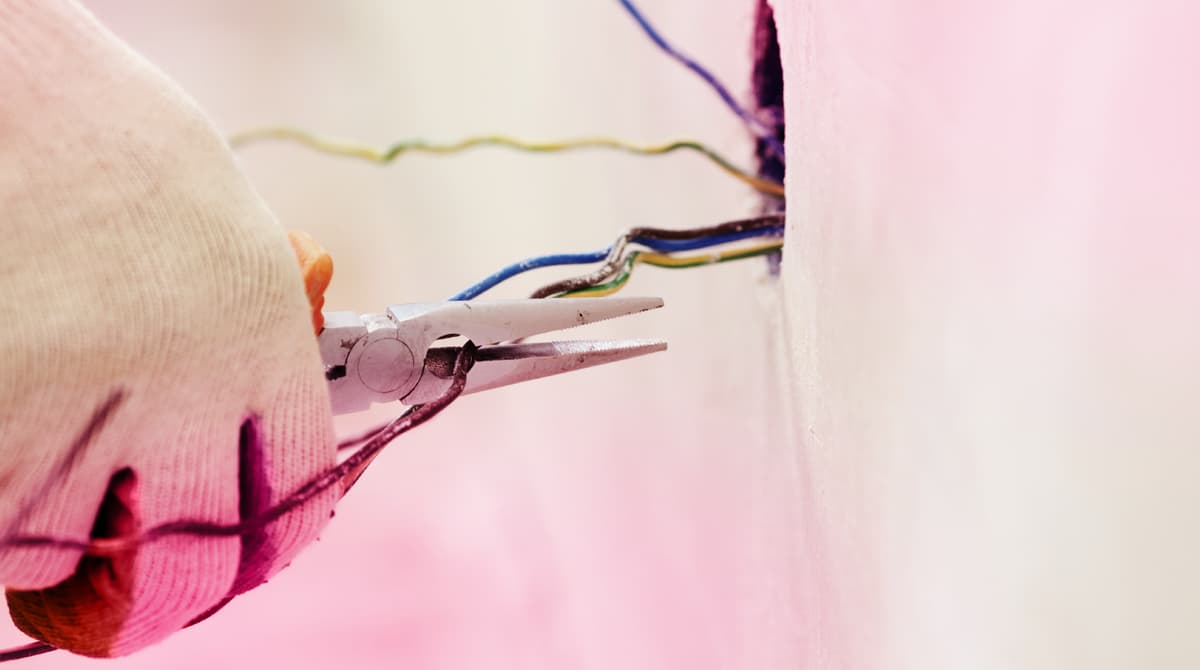 Electric meter and cable colors are important for readability and compliance with standards. Each color serves a different purpose. Regardless of function or color, however, cables must be handled with care because all wires carry electricity at some point.
Electric meter and cable colors are important for readability and compliance with standards. Each color serves a different purpose. Regardless of function or color, however, cables must be handled with care because all wires carry electricity at some point.
The color codes used apply only to live wires. In most cases, a bundle of these colored wires is grouped together and covered with black or gray wires. This is to ensure safety when laying the cables and to protect people in living areas where the cables are laid from hazards such as electric shocks.
In such cases, it is important to take the time to properly label cables and electrical wires to warn people of potential hazards. With an industrial label printer, it's easy to mark each set of cables with information about the amperage, where the cables came from, and where they carry electricity.
Placing warning signs wherever people may come into contact with electrical cables, especially high-voltage cables, is an ideal way to improve overall safety. These signs are used to alert people in the vicinity of dangerous cables.
One of the benefits of colors is that they can help prevent interruptions. In a commercial, residential or industrial environment, misidentified cables can cause outages. Colored wires can prevent outages by creating a reliable identification system.
If the wrong wire is cut, repairs can be costly. Power outages mean missed transactions and lost sales for retail companies. Using colored cables saves businesses money in the long run.
Electrical incidents such as overheated wires or fires can cause significant property damage. Colored cables reduce this risk by ensuring circuits are properly connected.
Did you know that cable colors are important to your safety? You can share this article with your loved ones and educate them on the safe use of electricity.
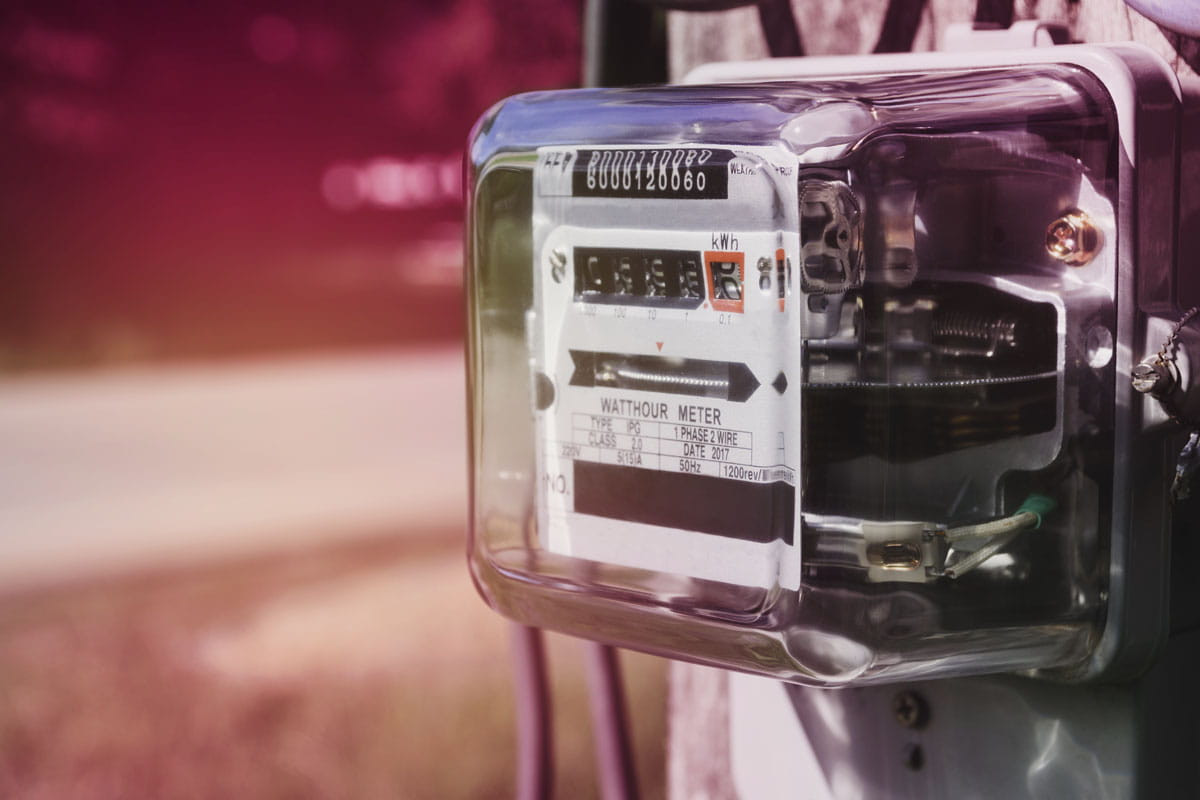

 Online Services
Online Services Application Inquiry
Application Inquiry Pay Assurance Fee
Pay Assurance Fee Query Installation Number
Query Installation Number Compensation Fee Inquiry
Compensation Fee Inquiry Automatic Payment Order Inquiry
Automatic Payment Order Inquiry Partnership
Partnership

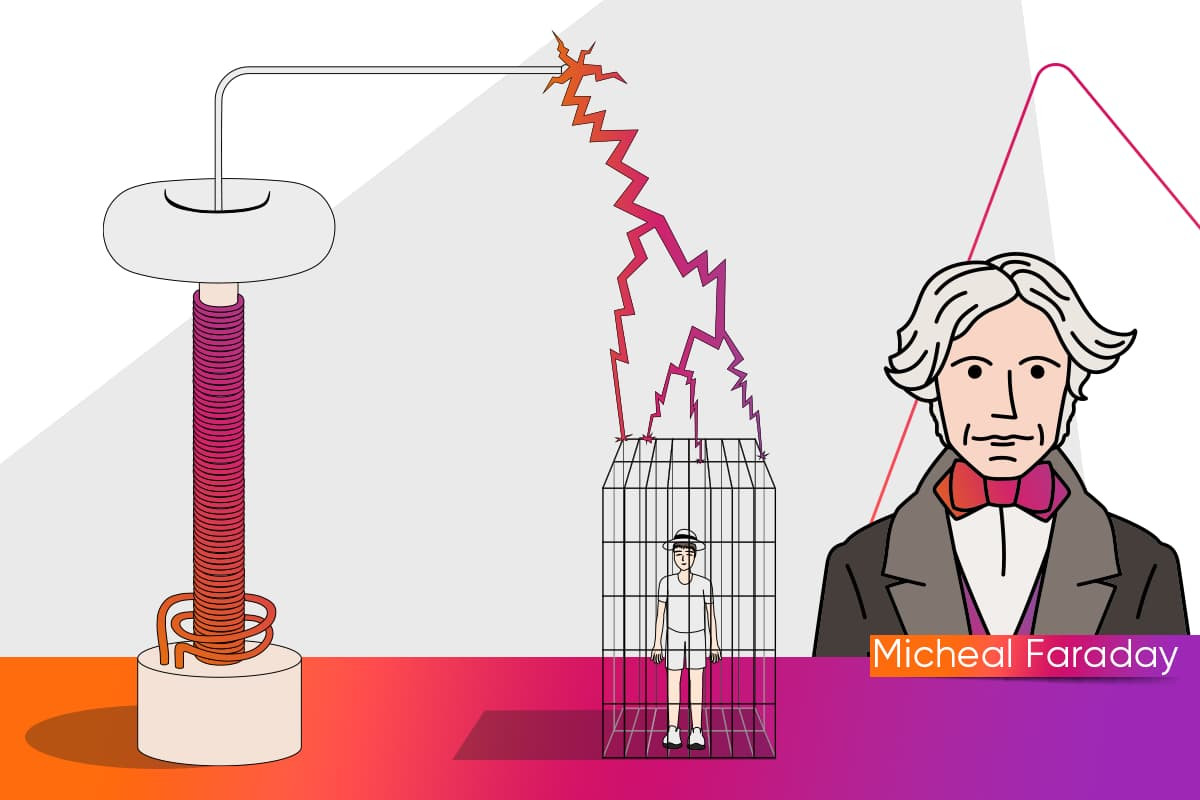

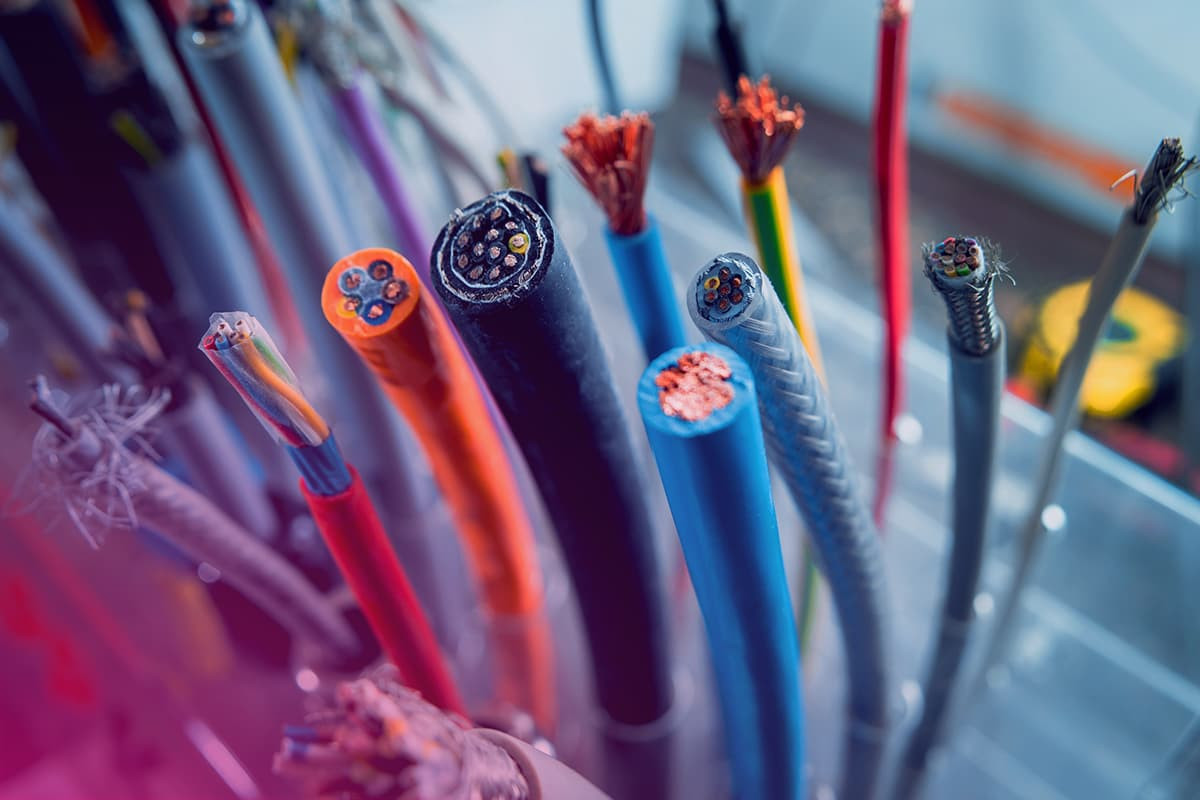


Leave a Comment